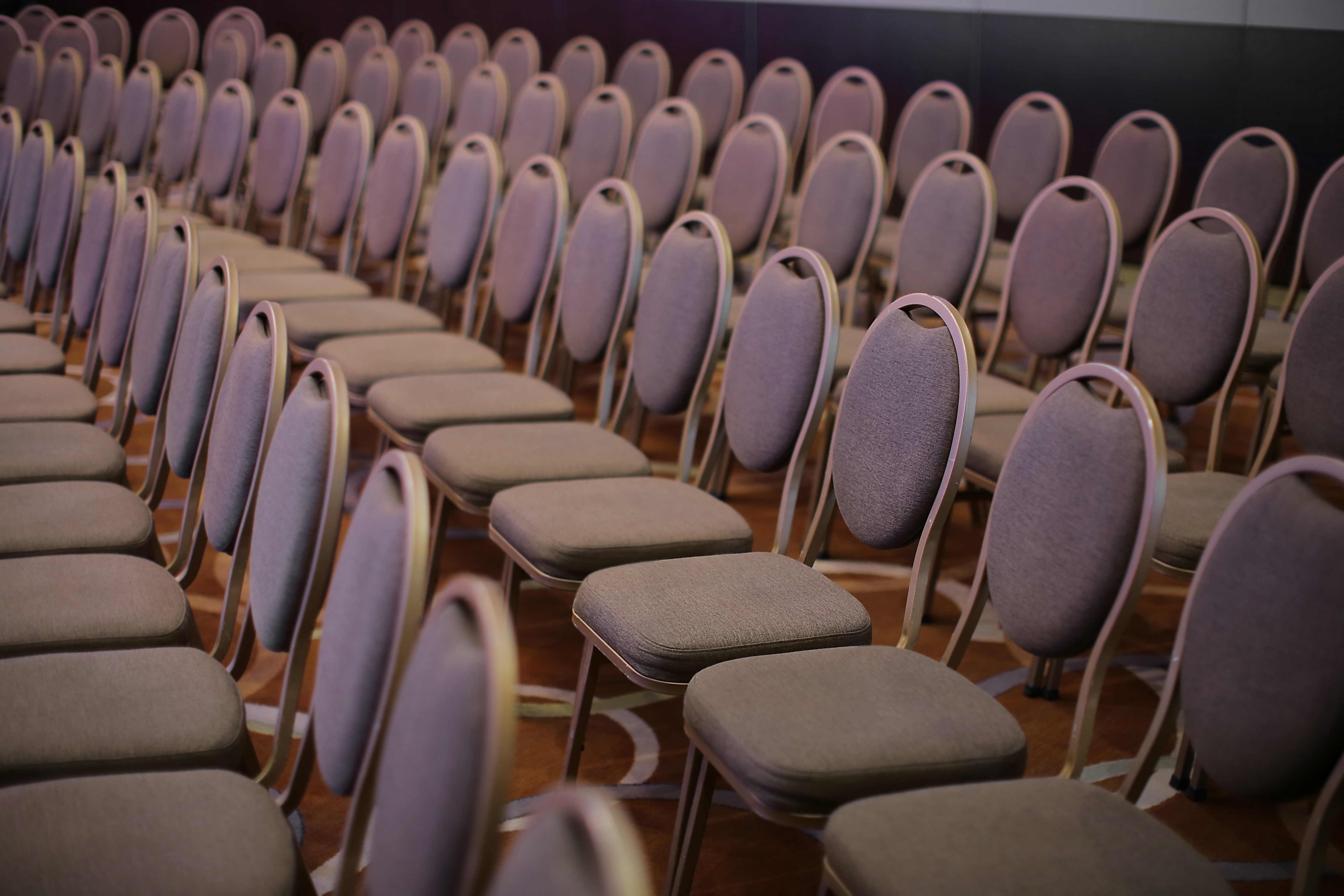Lighting for Museum Exhibitions: A The Ultimate Resource
페이지 정보

본문
Museums are institutions that tend to some of the world's most valuable and historically significant artifacts and artworks, and due to their sensitive nature, they necessitate a customized lighting plan permanent collections.
 Good lighting is crucial for safeguarding the displays, enhancing the visual experience of visitors, and encouraging visitors to learn and appreciate the artifacts.
Good lighting is crucial for safeguarding the displays, enhancing the visual experience of visitors, and encouraging visitors to learn and appreciate the artifacts.
Popular Lighting Options
There are several illumination options that are widely used in museums, including with its unique perks and pitfalls.
Warm Illumination:
Halo lighting is designed to produce a soft, warm ambiance around an object, avoiding harsh glare.
Focused Illumination:
Spot lighting is a more intense form of lighting that is used to draw attention to specific areas of an object or display.
Flood Lighting:
This broad lighting type is used to illuminate large areas or entire exhibitions.
Color Temperature:
The illumination hue is an essential consideration in display cases. Warm white light, with a color temperature range of 2700K-3000K,, is typically used to illuminate sensitive artifacts that are sensitive to UV light,, such as artworks and artifacts.
Lighting Decisions:
When choosing lighting for a museum exhibition, there are many factors to consider, including:
The perceived value of the artifacts
The lighting requirements of the artifacts (e.g., sensitivity to UV light, lumens output)
The visitor experience (e.g., warm and cozy,)
The intended message (e.g., educational,)
Effective Lighting Techniques:
There are several lighting principles that can be applied to develop an engaging visual experience. Some of these principles include:
Contrast:
Contrast is the difference in light value between two close proximity.
Light and Shadow:
Chiaroscuro is the use of strong, ресепшен на заказ contrasting light and dark areas.
Rhythm:
This principle repeats patterns and textures of design elements in a display.
Guidelines for Lighting Displays:
There are several best strategies that museums use when lighting exhibitions. These best practices include:
LED lights are cost-effective and produce minimal heat.
Avoiding harsh overhead lighting which can create glare and discomfort.
Using diffusers and accessories to mold and bend light.
Focusing on the interaction light interferes with the artifacts on display, rather than just the visual appeal of the lighting equipment itself.
Conclusion:
Lighting is a key aspect of display cases, and it requires a wide range of considerations and By understanding the different types of lighting,, the importance of color temperature, and the effective lighting techniques, museums create engaging and instructive exhibits that foster appreciation and comprehension of the {artifacts on display.
 Good lighting is crucial for safeguarding the displays, enhancing the visual experience of visitors, and encouraging visitors to learn and appreciate the artifacts.
Good lighting is crucial for safeguarding the displays, enhancing the visual experience of visitors, and encouraging visitors to learn and appreciate the artifacts.Popular Lighting Options
There are several illumination options that are widely used in museums, including with its unique perks and pitfalls.
Warm Illumination:
Halo lighting is designed to produce a soft, warm ambiance around an object, avoiding harsh glare.
Focused Illumination:
Spot lighting is a more intense form of lighting that is used to draw attention to specific areas of an object or display.
Flood Lighting:
This broad lighting type is used to illuminate large areas or entire exhibitions.
Color Temperature:
The illumination hue is an essential consideration in display cases. Warm white light, with a color temperature range of 2700K-3000K,, is typically used to illuminate sensitive artifacts that are sensitive to UV light,, such as artworks and artifacts.
Lighting Decisions:
When choosing lighting for a museum exhibition, there are many factors to consider, including:
The perceived value of the artifacts
The lighting requirements of the artifacts (e.g., sensitivity to UV light, lumens output)
The visitor experience (e.g., warm and cozy,)
The intended message (e.g., educational,)
Effective Lighting Techniques:
There are several lighting principles that can be applied to develop an engaging visual experience. Some of these principles include:
Contrast:
Contrast is the difference in light value between two close proximity.
Light and Shadow:
Chiaroscuro is the use of strong, ресепшен на заказ contrasting light and dark areas.
Rhythm:
This principle repeats patterns and textures of design elements in a display.
Guidelines for Lighting Displays:
There are several best strategies that museums use when lighting exhibitions. These best practices include:
LED lights are cost-effective and produce minimal heat.
Avoiding harsh overhead lighting which can create glare and discomfort.
Using diffusers and accessories to mold and bend light.
Focusing on the interaction light interferes with the artifacts on display, rather than just the visual appeal of the lighting equipment itself.
Conclusion:
Lighting is a key aspect of display cases, and it requires a wide range of considerations and By understanding the different types of lighting,, the importance of color temperature, and the effective lighting techniques, museums create engaging and instructive exhibits that foster appreciation and comprehension of the {artifacts on display.
- 이전글YOUR ONE-STOP-SHOP FOR ALL THINGS CANNABIS… Delta 9 THC, CBN, CBD, Drinks, Gummies, Vape, Accessories, and more! 25.03.20
- 다음글You are Welcome. Listed here are 8 Noteworthy Tips about Yupoo 25.03.20
댓글목록
등록된 댓글이 없습니다.